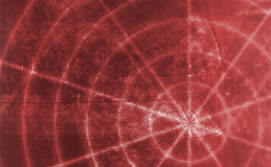The Spanish firm Wide World, specializing in digital cartography, has developed a ground-penetrating radar (GPR) which detects and identifies subterranean service networks without the need to excavate.
This GPR is composed of a vehicle that incorporates a control unit, a radar antenna, a GPS and a computer with specific software. The radar emits electromagnetic pulses through the antenna, which reflect back when they come in contact with obstacles possessing different electrical properties, and are passed to the control unit. This data is interpreted by the incorporated software, drawing on the radar screen an image of the identified object.
The first versions of GPR had difficulty in identifying different subterranean elements on radargrams, which appeared as discontinuous lines and could only be interpreted by experts at the company. To solve this problem, Wide World turned to the technological center Tecnalia, which facilitated the interpretation of these complex radargrams, as well as improving the image quality by eliminating background noise that was interfering with the return signal. This improvement, coupled with the incorporation of a GPS system, allows the new system to perfectly characterize the subsoil and structures present inside it, in a manner that is efficient, precise and with minimal impact thanks to non-invasive techniques, avoiding excavations and earth moving.
In addition to their usefulness in detecting service networks (water, electricity, gas, telephony, fiber optic…), the GPR from World Wide can also find leaks and archeological remains. In fact, the company has already undertaken three prominent projects related with the search for ancient archeological sites.
